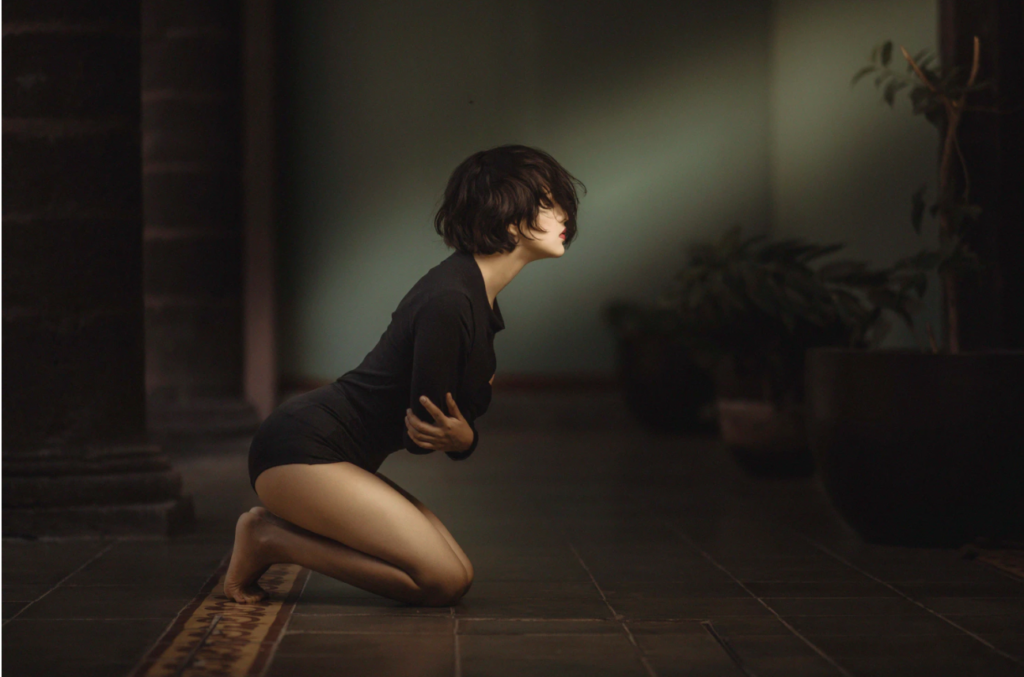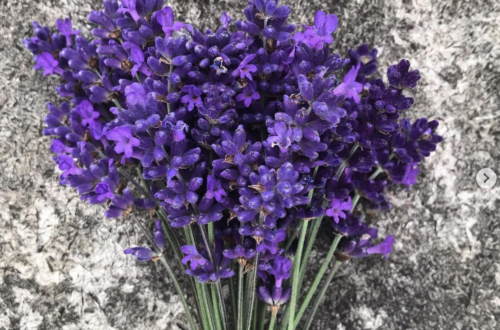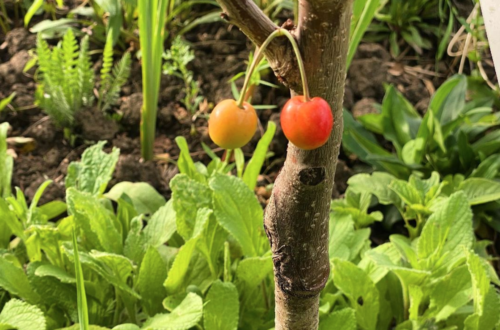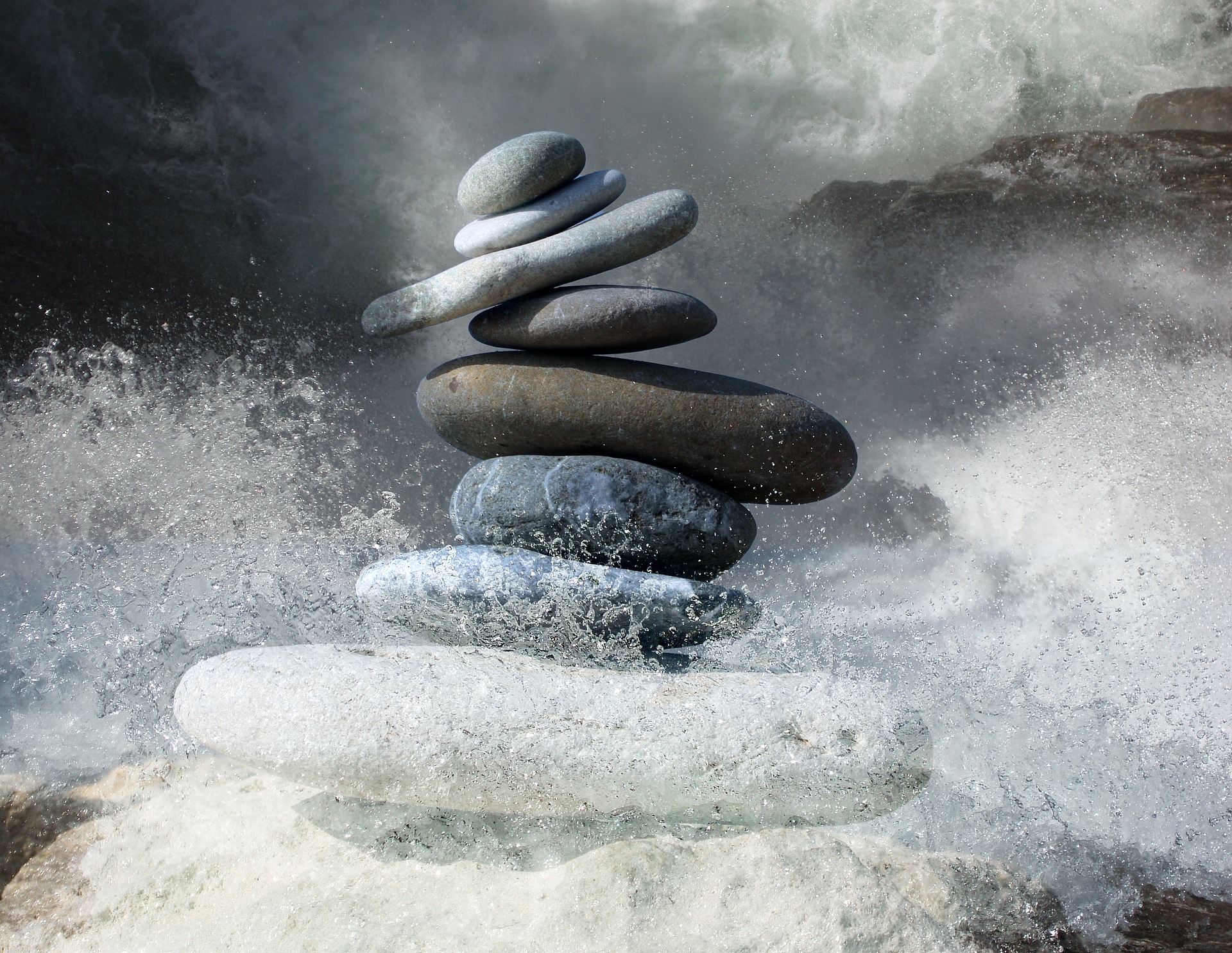Different types of pain
I love this photo, as it resembles the theme of my recent pondering. The woman in the photo above is in pain, but what kind of pain? Sometimes it is so hard to tell what is really causing our pain and how we can handle it…

I continue running. I am also doing many yoga sessions in the week. I aim for at least one long bike ride each week. After six months of studying the fitness and its impact on mental health – as my next step in my personal development of a coach and counsellor – I am finally at the stage of actually doing it all.
The first week was exhilarating. I am obviously doing more because the lockdown and slow life allow me the opportunity to use the summer months to do more. I need at least three months for those new habits to remain steady and to build them into my weekly routine, so it’s easier to do it while life is somewhat slower, locally contained. It works. I don’t have to think about the morning commute and family routine, so I can easily figure out my morning run too. I can immerse myself in relevant books, movies and discuss the fitness routines with my friends who are doing the same. My boys join in and we all thrive better in the current challenging times.
However, I am also learning. I struggled to start running for a long time to the point when it had to come from a place of anger and joy at once. realising that gave me the motivation to get out of the door and totally own up to enjoying the running routine. My first week was mainly focused on learning and figuring out how to run, sorting out the gear, the route, the tracking apps and Strava community.
But in the second week of my exercise, while my mind started getting back to the old habit of questioning the entire idea of new – we hate change, we prefer to do stuff the old way by nature – I have also started paying the price for my new daily movement plan: pain.
So for the last two weeks, I was more or less in pain. I still am. I am slowly working out ways of or getting used to it, or managing it. I am learning to take it easy and rest. I am allowing myself to be sleep-deprived and then to write my book slower – I have plenty of time, and I want to be kind to myself. I am learning a lot about the value of rest to our mind and bodies. I sense the need to go out for a run, I really want to and it’s hard to force myself to take it easy, to skip a day – I genuinely want to be on the road every morning.
Both pain and rest are relatively new to me. Ask anyone in my circle and they will tell you that I am oftentimes rather occupied – with writing, gardening, family stuff, work stuff, studies, creativity, journaling, plotting with friends. I thrive in an active way of being, even if it’s a quiet pondering over my morning cuppa…even if sitting still, especially when I am very quiet there is a lot going on in my head.
I do know how to switch off, but I do that actively too. I can go to the allotment and spend hours without a sense of time just doing stuff. Switching off serious thinking, just being in the moment with Mother Nature. Sitting down, listening to the birds even, but even that feels like doing – because everything around me is so vibrant.
But when you are in physical pain, you HAVE to stop and rest. You need to give your body time to recover from the effort and restore its vitality. Regardless of our age, although for menopausal women this might be a challenge, we need to find the right balance between activity/movement and rest/stillness.
So that’s what I am practising now – being sensible about venturing out for a ride or run, or staying at home for a calm yoga session with a studio that encourages free choice and allows space to just be, not move, rest, listen to your body and its needs. Perfection.
I am thinking about pain and its different types and how our society changes and messes up our relationship with it. On one hand, we know so much about pain, even if in the history of medicine it wasn’t always the starting point for a diagnosis (back in the day it was actually ignored). On the other hand, we do our best to avoid it. And even if we do, there are huge discrepancies in how we do so. Most of our systems still completely ignore the mental pain, providing a very low level of support towards mental health (not to mention prevention or even considering the factors of mental health challenges). However, we have industries based on the notion of our strong need to avoid physical pain.
So when people like me start to take care of their bodies and the pain arrives as a natural result of those new shifts and habits, we are not prepared to cope with it. I am amazed at my rather low capacity to cope with pain comparing to my mental resilience in situations like years of Brexit or toxic working relationships.
Comparing my physical pain to mental pain is helpful though. I am using the very same tools to manage both: reflection, examination, mindfulness, gratitude, work with my inner strengths and smart use of external support (including people, of course), with a large dose of rest.
On some days I can hardly move due to my neck pains (years of bad posture really hurt at the moment). But then again, on some days Brexit and racism (no matter how subtle) hurt just as much. So I carry on, wisely measuring my pain levels, adjusting levels of rest, nourishment and support to ensure that I can carry on steadily.
Those new habits provoke a lot of growth, in so many ways. Growth is not supposed to be easy. On some days it is smooth, fun, nurturing. I can feel my muscles growing stronger, my backbone stretching, my heart pumping the blood to my brain faster. I focus better, work faster and take in more of the world around me. On other days, I shut down, ache, stop, curl up and sleep it off during longer mornings (allowing myself an hour of sleep longer and taking it easy in the morning). On those days I work less, seek friends and family and nurture not just my body, but my mind and soul.
The more I think about it all the more I realise that the pain is all the same – it is the reaction to change, to threats and a way of protecting myself and growing stronger. It does not really matter if it’s my feelings or body that experience it. I am one and to think we are not connected in all those aspects would be foolish, naive and very traditional. Thinking of myself more holistically helps me tap into my already well-known resilience, self-care and self-protection tools.
It is a learning curve and a journey. I made a promise to my clients to care for them, and so I need to take good care of myself to be capable to hold the space for them as well. I also made a promise to myself – to be well. It’s as simple as that.




